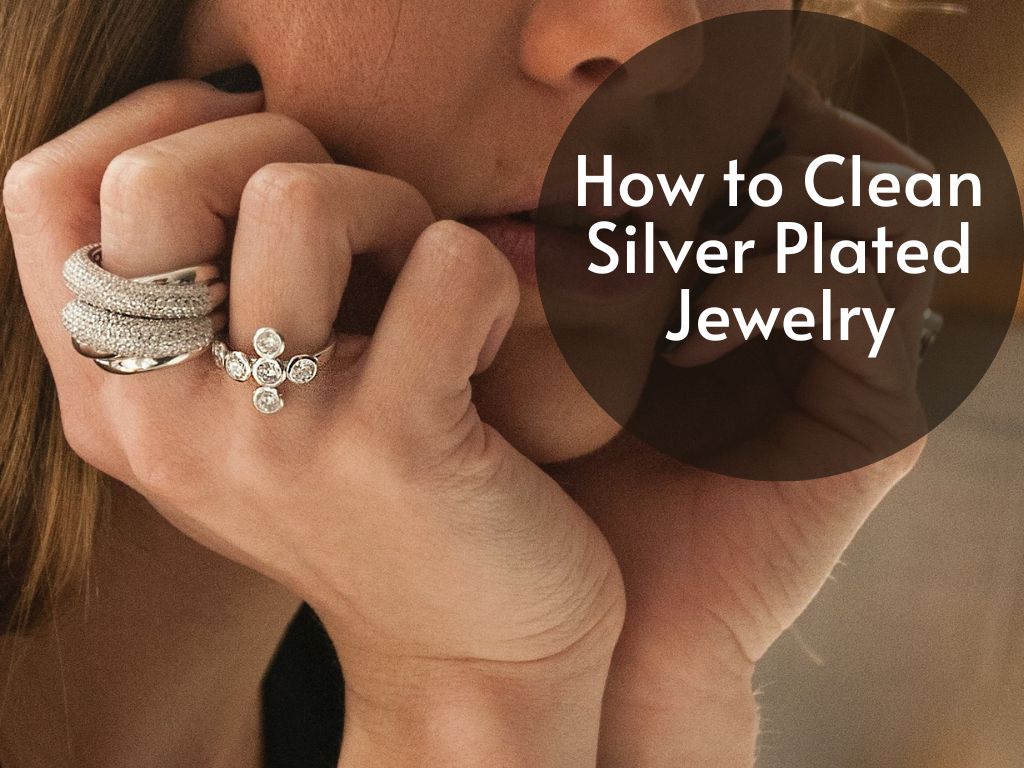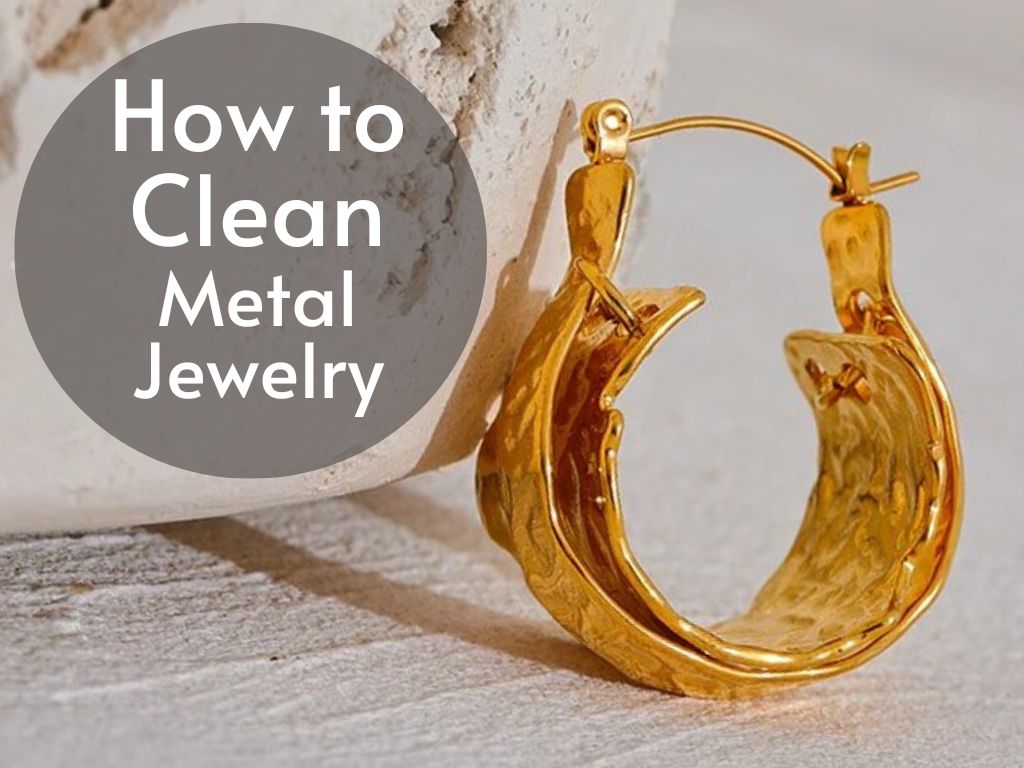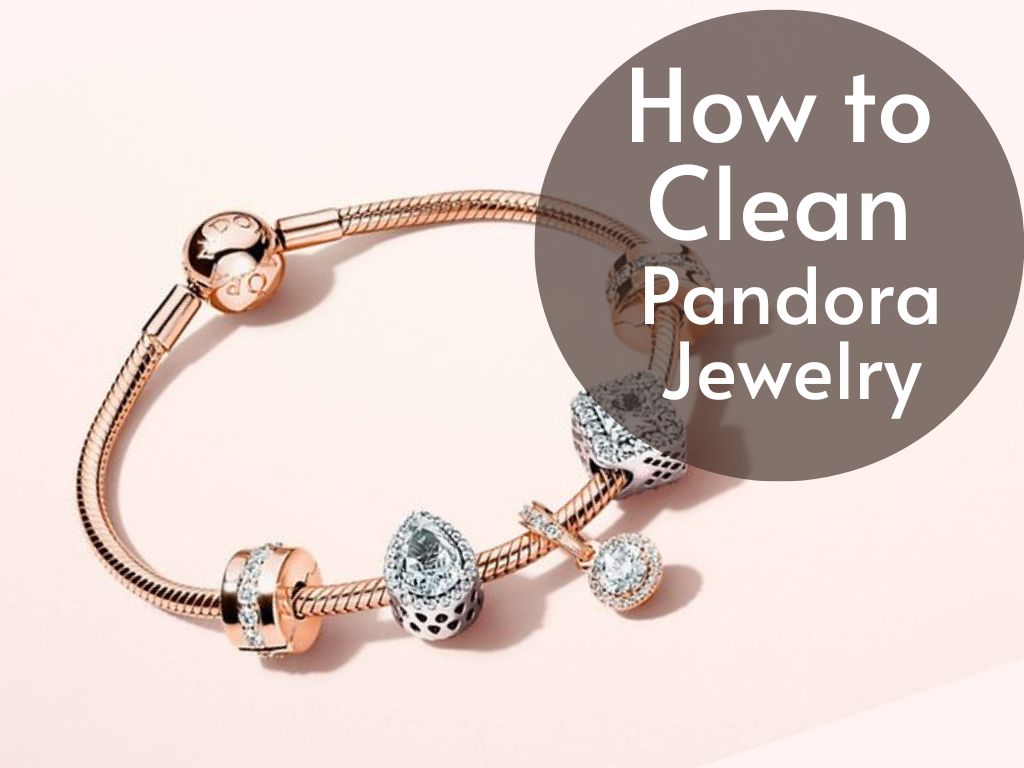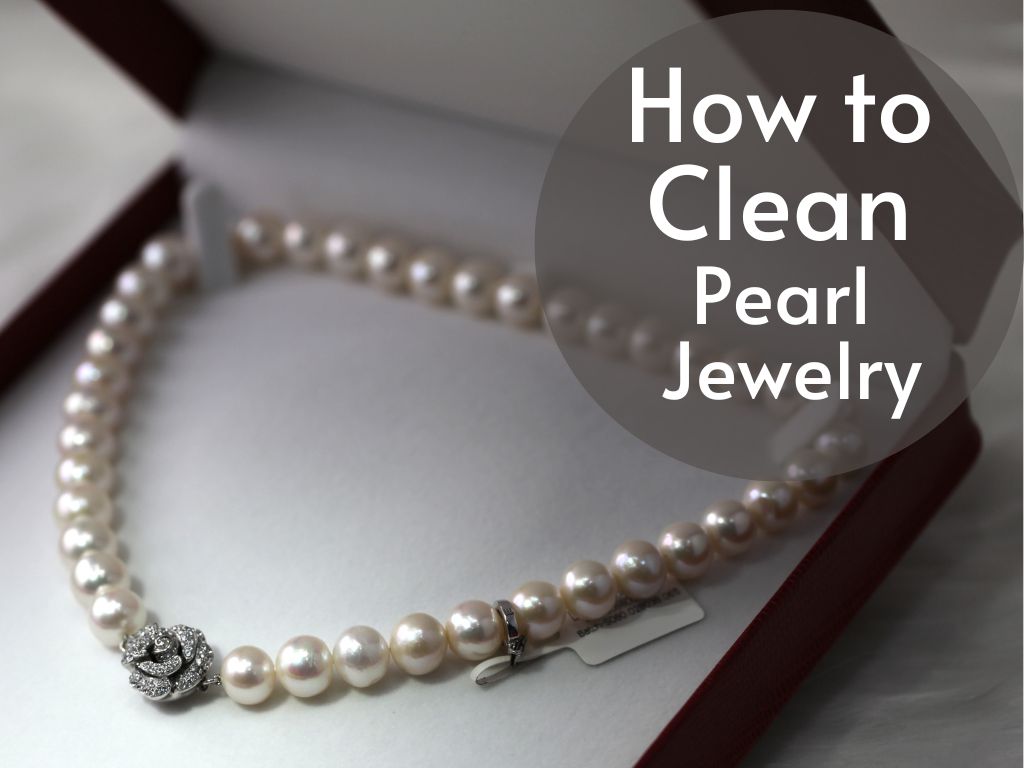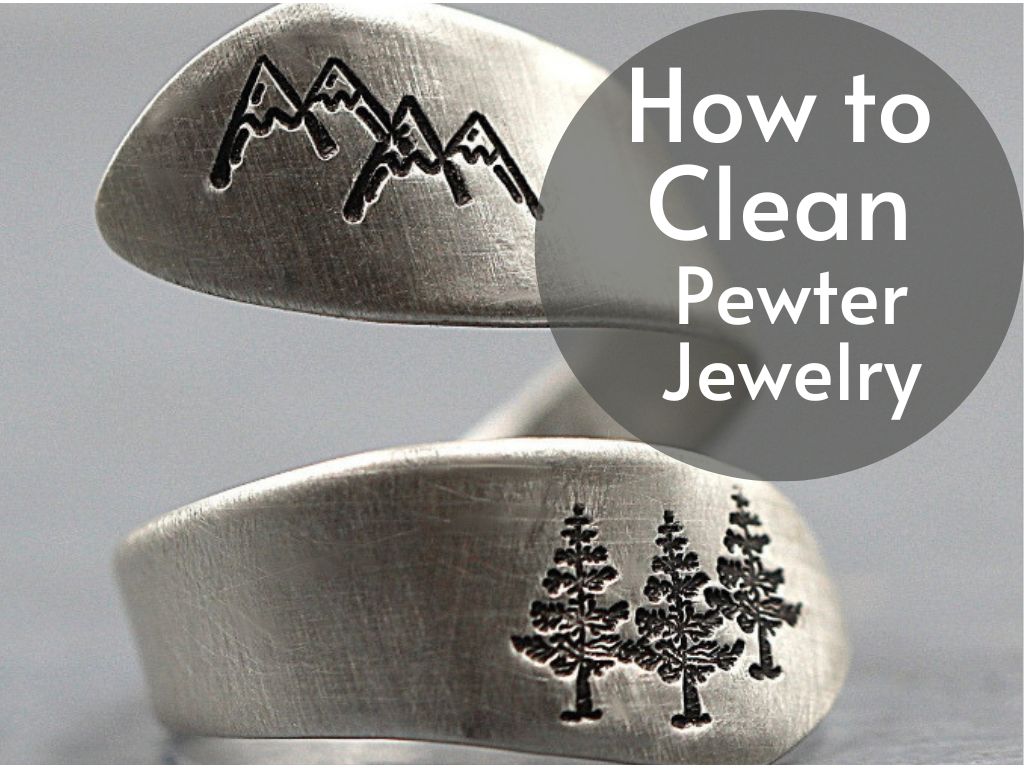Silver plated jewelry is a popular choice for those who desire the elegance and allure of silver at a more affordable price point. It is made by coating a base metal, such as copper or brass, with a thin layer of silver. This process not only enhances the aesthetic appeal of the jewelry but also provides durability and resistance to tarnishing.
The allure of silver plated jewelry lies in its captivating luster and timeless beauty. With its radiant shine, it can instantly elevate any outfit or occasion.
From delicate necklaces and earrings to intricate bracelets and rings, silver plated jewelry offers a wide array of designs that cater to different tastes and preferences. However, as with any precious metal, silver plating requires regular care and maintenance to preserve its brilliance.
Over time, exposure to air, moisture, and chemicals can cause the silver layer to tarnish or dull. To ensure that your cherished pieces retain their stunning appearance for years to come, it is crucial to incorporate proper cleaning techniques into your routine.
Brief Overview of Silver Plated Jewelry
Silver plated jewelry refers to pieces made from a non-precious base metal coated with a thin layer of silver through an electroplating process. This cost-effective method allows manufacturers to create stunning designs that mimic the visual appeal of solid sterling silver without the exorbitant price tag. The base metal used in silver plated jewelry often includes copper or brass due to their malleability and compatibility with the plating process.
These metals provide strength and structural integrity while ensuring that the final product remains lightweight and comfortable for everyday wear. Once the base metal has been prepared, it undergoes electroplating wherein an electric current is passed through a solution containing dissolved silver particles.
The positively charged base metal attracts these particles, resulting in an even deposition of silver onto its surface. The thickness of the silver layer can vary, typically ranging from 0.5 to 5 microns, depending on the quality and intended usage of the jewelry.
Importance of Regular Cleaning to Maintain Shine and Beauty
Regular cleaning is essential for maintaining the shine and beauty of silver plated jewelry. Over time, exposure to environmental factors such as air, moisture, and pollutants can cause the silver layer to tarnish or oxidize. This process forms a thin layer of dark patina on the surface, diminishing its original radiance.
Regular cleaning not only removes tarnish but also helps prevent further oxidation by eliminating dirt, oils, and other contaminants that can accelerate the tarnishing process. By incorporating a cleaning routine into your jewelry care regime, you can ensure that your silver plated pieces retain their dazzling allure.
Moreover, consistent cleaning allows you to inspect your jewelry for any damage or loose settings that may require professional attention. Minor issues are easier to address when detected early on rather than allowing them to worsen over time.
Understanding Silver Plating
Explanation of Silver Plating Process
Silver plating is a popular technique used to create elegant and affordable jewelry pieces. The process involves depositing a thin layer of silver onto a base metal, typically copper or brass, to achieve the appearance and luster of solid silver without the hefty price tag.
This layer is carefully applied through electroplating, where an electrical current is passed through a solution containing silver ions and the object to be plated. The base metal acts as a conductor, attracting the positively charged silver ions and allowing them to bond with its surface.
Composition of Silver Plated Jewelry (Base Metal and Thin Layer of Silver)
Silver plated jewelry consists of two primary components: the base metal and the thin layer of silver. The base metal serves as the structural foundation for the piece, providing strength and durability.
Commonly used base metals include copper or brass due to their excellent conductivity properties. The thin layer of silver that coats the jewelry piece gives it its captivating shine and aesthetic appeal.
Typically, this layer is incredibly thin, measuring only a few microns in thickness. Consequently, although visually similar to solid silver jewelry, silver plated pieces do not possess the same intrinsic value or longevity as their solid counterparts.
Factors That Contribute to Tarnishing (Exposure to Air, Moisture, Chemicals)
Tarnishing occurs when oxygen from the air reacts with sulfur-containing compounds on the surface of silver plated jewelry. Exposure to air is one significant factor that accelerates tarnishing processes. Therefore, regular wearing followed by proper cleaning becomes essential for maintaining its exquisite appearance.
Moisture also plays a role in tarnish formation on silver plated jewelry. High humidity levels or contact with water can expedite oxidation reactions between sulfur compounds present in perspiration or chemicals within water molecules themselves.
Furthermore, certain chemicals can fast-track the tarnishing process. Substances such as lotions, perfumes, cosmetics, and household cleaning agents contain sulfurous compounds that can react with the silver layer, leading to discoloration and loss of shine.
Understanding these factors allows us to comprehend why regular cleaning and proper care are vital in preserving the beauty and durability of silver plated jewelry. By being aware of how tarnishing occurs and the substances that catalyze it, one can take proactive measures to minimize its effects and maintain the jewelry’s splendor for an extended period. Gathering SuppliesSoft microfiber cloth or lint-free cotton cloth
To begin the process of cleaning silver plated jewelry, it is essential to gather the right supplies that will ensure a thorough and effective cleaning. The first item you’ll need is a soft microfiber cloth or a lint-free cotton cloth. These materials are gentle and won’t scratch the delicate surface of your precious jewelry.
Microfiber cloths, in particular, are highly effective due to their ability to attract and trap dirt particles without leaving behind any streaks or residue. When selecting a cloth, make sure it is clean and free from any dirt or debris that may transfer onto your jewelry during the cleaning process. Mild dish soap or specialized silver jewelry cleaner
The next vital supply you’ll need is either mild dish soap or a specialized silver jewelry cleaner. For those who prefer using household items, mild dish soap can be an excellent option. It’s important to choose a soap that doesn’t contain harsh chemicals or abrasives that could damage the silver plating.
Alternatively, you may opt for specialized silver jewelry cleaners available in the market. These cleaners are specifically formulated to remove tarnish and restore shine without causing harm to your valuable pieces. Soft-bristle toothbrush or cotton swabs for intricate areas
When dealing with intricate areas of your silver plated jewelry, such as engraved patterns or tiny crevices where tarnish tends to accumulate, having a soft-bristle toothbrush or cotton swabs handy can make all the difference in achieving impeccable results. The soft bristles of a toothbrush can reach into those hard-to-reach spots while being gentle enough not to scratch the surface of your jewelry. Cotton swabs can also be used for precise cleaning in intricate designs where a toothbrush might be too large to maneuver effectively.
Remember to thoroughly clean and sanitize any toothbrushes before using them on your jewelry to prevent the transfer of bacteria or residue. Additionally, it’s important to use separate toothbrushes for different types of jewelry to avoid any potential damage that could occur due to cross-contamination.
By assembling these supplies, you are equipped with the necessary tools to embark on the journey of restoring the shine and luster of your silver plated jewelry. The combination of a soft microfiber cloth or lint-free cotton cloth, mild dish soap or specialized silver jewelry cleaner, and a soft-bristle toothbrush or cotton swabs will ensure that you have everything needed for a successful cleaning process.
Preparing the Cleaning Solution
Diluting dish soap with warm water (1:10 ratio)
To effectively clean silver plated jewelry, it is important to prepare a suitable cleaning solution. One option is to dilute a mild dish soap with warm water in a 1:10 ratio.
This ratio ensures that the cleaning solution is gentle enough to avoid damaging the delicate silver plating while still effectively removing dirt and tarnish. Avoid using strong detergents or abrasive cleaners as they can corrode the silver layer and cause irreversible damage.
Begin by selecting a small container or bowl that can comfortably accommodate your jewelry pieces. Fill it with warm water, ensuring it is not too hot as excessive heat can also harm the delicate jewelry.
Add a small amount of dish soap to the water and gently mix until it is well-diluted. The amount of soap needed will depend on the size of your container, but generally, a few drops will suffice for smaller bowls.
Following instructions on specialized silver jewelry cleaner bottle
Alternatively, you may choose to use a specialized silver jewelry cleaner specifically formulated for cleaning precious metals. These cleaners are readily available in most jewelry stores or online platforms. When using such products, it is crucial to follow the manufacturer’s instructions precisely.
Typically, specialized silver jewelry cleaners come in liquid form and require dilution with water as per the provided guidelines. Some cleaners may be used directly without dilution while others might require specific ratios for optimal results.
Additionally, they often come with accompanying tools such as brushes or trays designed to enhance effectiveness during the cleaning process. It is imperative to carefully read and understand all instructions before using any specialized cleaner to ensure safe and proper usage.
Regardless of whether you opt for dish soap diluted with warm water or specialized silver jewelry cleaners, always consider factors such as sensitivity of your skin and any allergies you might have. If you experience any adverse reactions or discomfort during the cleaning process, discontinue use immediately and seek professional advice.
Remember, the key is to be gentle yet thorough while cleaning silver plated jewelry. These preparation methods will set the foundation for a successful cleaning process and help restore your jewelry’s lustrous shine without causing any damage.
Step 1: Gentle Dusting
Before delving into the cleaning process, it is crucial to start by gently dusting the silver plated jewelry. This step helps remove any loose dirt, debris, or tiny particles that might be clinging to the surface. To accomplish this, use a soft cloth made of microfiber or lint-free cotton.
These materials are ideal for preventing scratches and ensuring a thorough cleaning. As you embark on the gentle dusting process, pay close attention to crevices and hard-to-reach areas of your jewelry.
These spots often accumulate more dirt and grime than other parts due to their intricate nature. With patience and care, use the cloth to wipe away any dust build-up from these difficult spots.
Step 2: Soaking
The next step in cleaning silver plated jewelry involves soaking it in a specially prepared solution. Fill a small bowl with warm water and add mild dish soap or a specialized silver jewelry cleaner according to product instructions. Ensure that the solution is properly diluted – generally using a ratio of one part soap/cleaner to ten parts water.
Once the cleaning solution is ready, place your silver plated jewelry gently into the bowl, making sure it is fully immersed in the liquid. Allow it to soak for several minutes, giving time for dirt particles and tarnish to loosen up from the surface of the jewelry.
Step 3: Gently Scrubbing
After completing the soaking process, move on to gently scrubbing your silver plated jewelry. For this step, prepare either a soft-bristle toothbrush or cotton swabs – both are excellent tools for reaching intricate designs without causing damage. Taking extra caution with delicate pieces, dip your chosen tool into soapy water or cleaner solution (if using a specialized product).
With gentle circular motions, start scrubbing the jewelry’s tarnished areas and intricate designs. The aim is to remove any remaining dirt or tarnish that hasn’t dissolved during the soaking process.
Step 4: Rinsing
The final step involves rinsing your silver plated jewelry to eliminate any residue from the cleaning solution. Hold the jewelry under lukewarm running water, ensuring that every part of it gets properly rinsed. Take care not to apply too much pressure or use hot water as it may damage the delicate silver plating.
Allow the water to flow over the jewelry, removing any remaining soap or cleaner solution gently. Ensure that no residue is left behind before proceeding to dry your precious pieces.
Conclusion
By following these meticulous cleaning steps, your silver plated jewelry will regain its radiant shine and allure. Remember, regular cleaning is crucial in maintaining its beauty over time. Embrace these methods and treat your cherished pieces with utmost care and attention they deserve.

